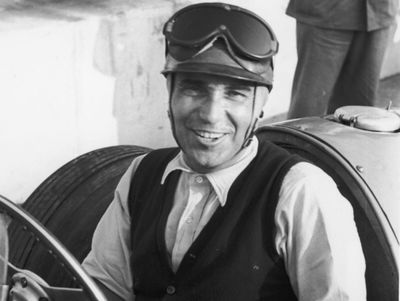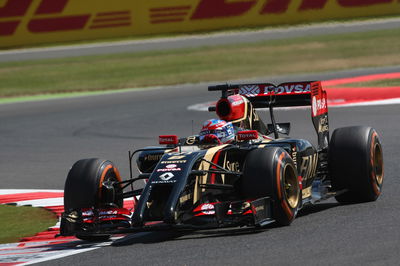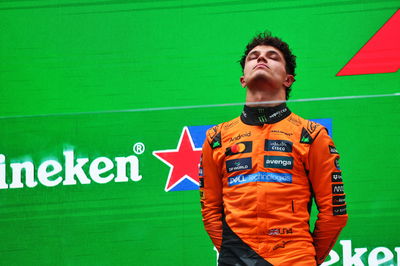Kate Walker: Piero Taruffi

There are polymaths, and then there's Piero Taruffi, the man who (literally) wrote the book on motor racing while also designing the vehicles, managing the team, and winning the races.
An established sportscar racer who dabbled in Formula One throughout the fifties without ever completing a full season, Taruffi was an Italian racer, engineer, and all-round sportsman who enjoyed racing in all its forms.
Like John Surtees, Taruffi first achieved racing success on two wheels before later making the move to four. Having been bitten by the racing bug in his teens, Taruffi combined his PhD in industrial engineering with a nascent competitive career, and in 1932 - at the age of 26 - the Roman rider was crowned 500cc European Motorcycle Champion.
Off-track, Taruffi was a racing executive of sorts, and filled his days first as technical director of Gilera and then as racing director of Cisitalia.
His taste for speed hardly sated by racing, Taruffi tried his hand at land speed records, and in 1937 he set a two-wheel record of 279.503 kilometres an hour, not far off the pace of a modern F1 car through a speed trap. It would be but one of the 39 world records Taruffi would collect in his lifetime.
A brief dalliance with Fiat racing in the early 1920s didn't amount to much, and it was only after the Second World War that Taruffi turned his attention to cars with any real seriousness. Having honed his racecraft on bikes, the Italian made an immediate impact on the four-wheeled world, designing and running record-breaking machinery in between carving out a successful career in sportscars and competing in 18 Formula One grands prix, winning one - the 1952 Swiss Grand Prix - and finishing third in the 1952 World Drivers' Championship.
With no team allegiance, over the course of his short F1 career Taruffi drove all of the great cars of his era, driving for Alfa Romeo, Scuderia Ferrari, Daimler Benz, Maserati, and Vanwall between 1950 and 1956 and competing behind the wheel of a Mercedes-Benz W196 with reasonable success.
It was sportscars that remained the main draw for Taruffi, however, and there his strongest relationship was with Lancia, the marque that would power the Italian to victory at the 1951 Carrera Panamericana (with Luigi Chinetti), the 1954 Targa Florio, and the 1957 Mille Miglia, the race that would prove to be Taruffi's swansong.
Despite making history by winning the Mille Miglia at 51 years of age, Taruffi - who was horrified by the deaths that occurred when Alfonso de Portago and co-driver Edmund Nelson crashed into the crowds at Guidizzolo, killing eleven spectators and themselves - was motivated to retire from motor-racing. So impacted was he by the incident that Taruffi wrote an imploring article entitled 'Stop us before we kill again', reflecting on the twin tragedies of that years Mille Miglia and the 1955 Le Mans disaster.
When not actively racing cars, Taruffi could be found designing them, particularly when no machine could be found that met his specific needs. As a record-breaker, the Italian engineer was always looking for new ways to find more power, and after the Second World War Taruffi designed and patented a twin-turbo beast known as the Double Bullet. Behind the wheel of the Double Bullet in 1952, Taruffi maintained an average speed of 185.5mph over a distance of 50 miles. An attempt to break the 100 mile record came to an end with mechanical failure on mile 98.
Piero Taruffi died in 1988, at the age of 81.
By Kate Walker











